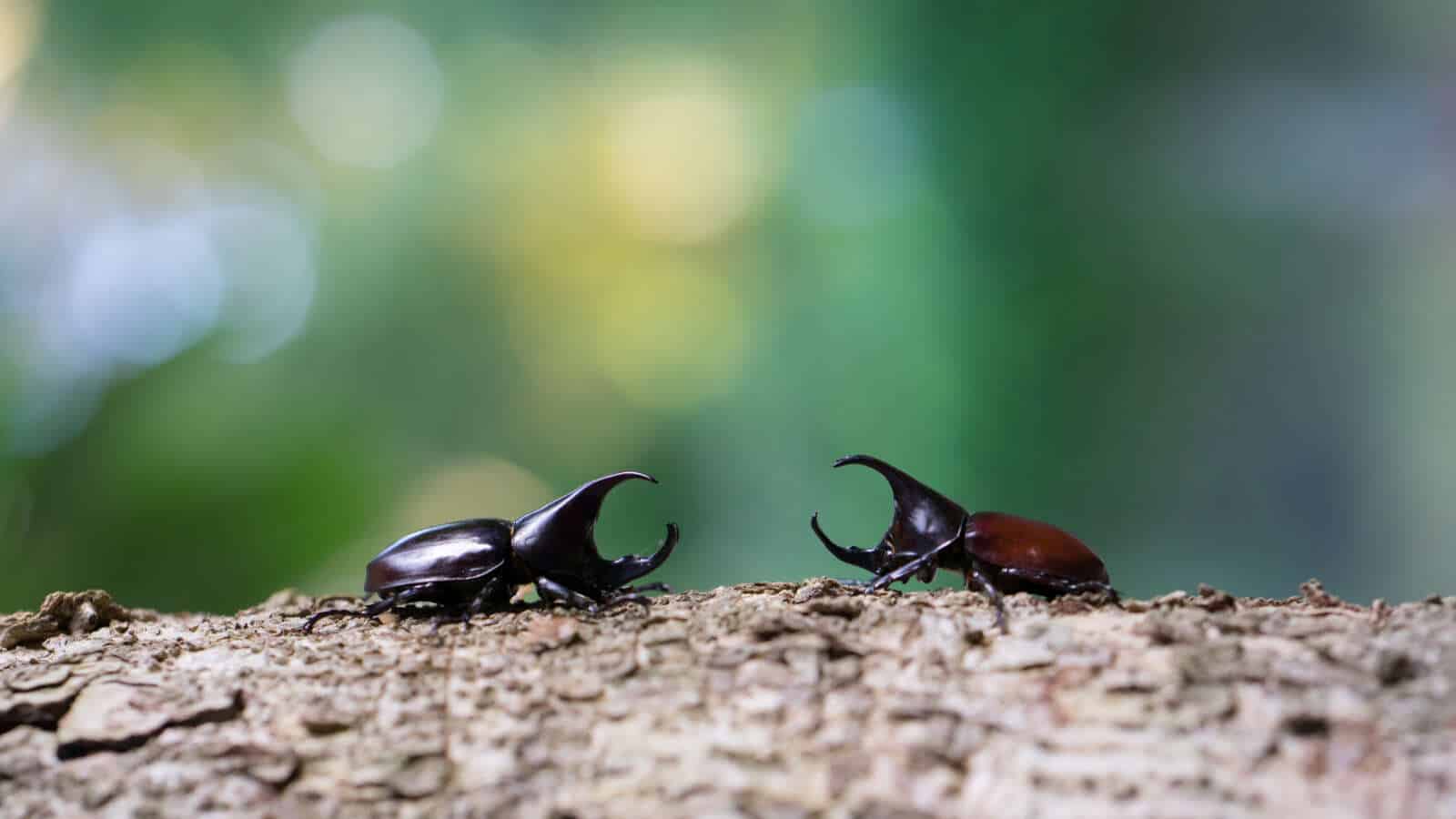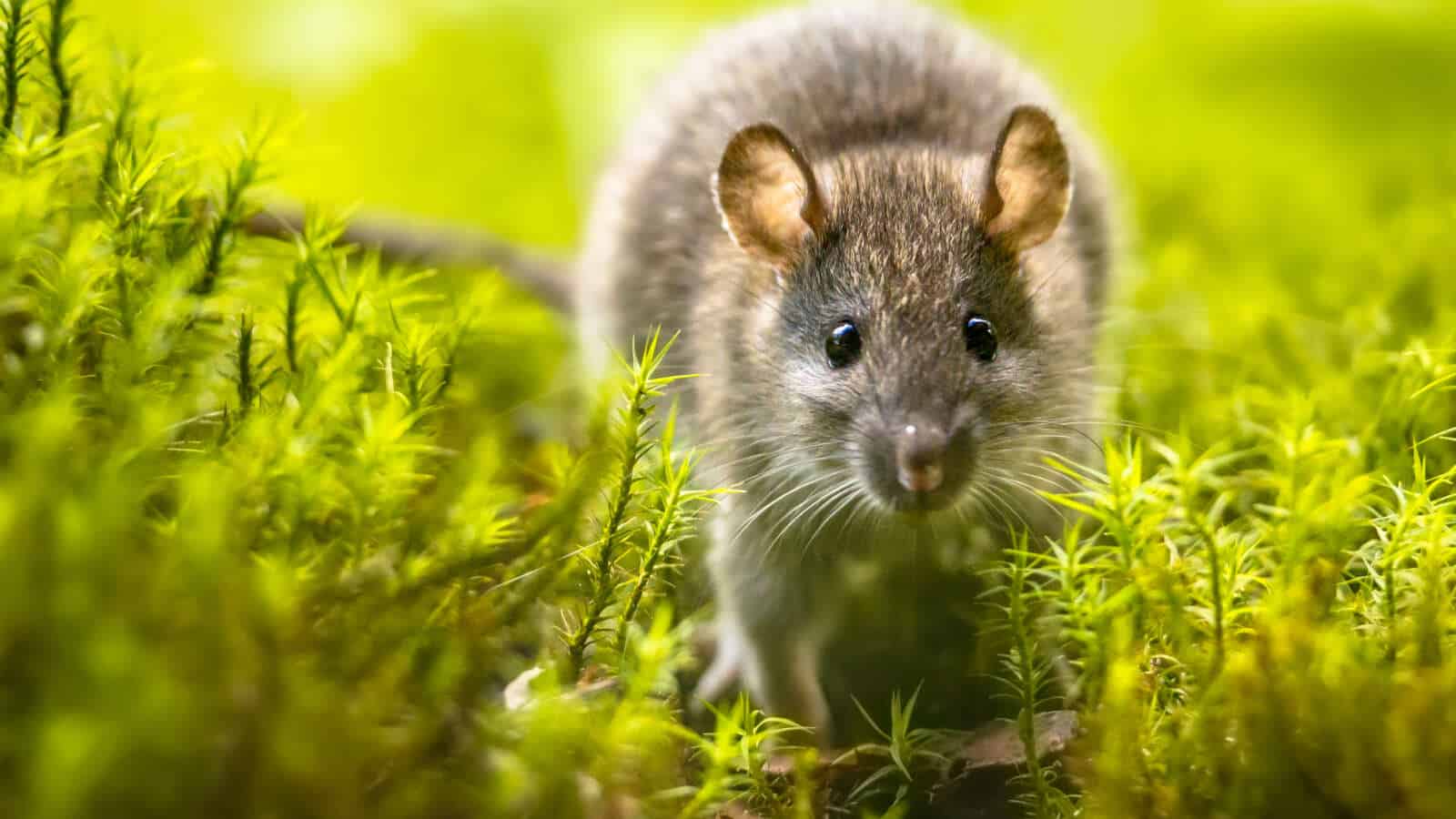Summary: Rodent pests are all frustrating and destructive, but Norway rats are one of the worst. This blog dives into the lives of the most common rodent pest in the U.S., including its habitat, diet, life cycle, and risks. Pointe Pest Control provides targeted rodent control for Illinois and Missouri homeowners.
______________________________________________________________________________________________________________________________________
Spring has us all abuzz (get it?) with all of the new pests we’re seeing now that it’s warm. Cold-blooded critters, like bugs and spiders, have more energy in higher temperatures. But they aren’t the only ones who enjoy this time of year. Rodents are also more active in spring since they have more food options and it’s their breeding season.
Specifically, the Norway rat is booked and busy this spring. As the most common rat in the United States, this rodent is no stranger to Illinois and Missouri homes. In honor of World Rat Day today, let’s learn all about the troublesome pest that is the Norway rat.
Physical Features

Norway rats are the prototype for all rodent pests. When you think of a scraggly rat crawling through the sewers, you’re essentially thinking of the Norway rat. Also known as the brown rat, this rodent does most of its activities at night to avoid detection. This means that if you see a Norway rat in the daytime, the infestation is pretty big.
The Norway rat has shaggy black or brown hair that’s offset by its light-colored belly. Including its scaly tail, this rat is about 16 inches long. Its average weight is about one pound, but it can be more if the rat has been eating well! This rat isn’t the most athletic rodent, but it can swim, climb, and jump short distances.
Their Favorite Habitats
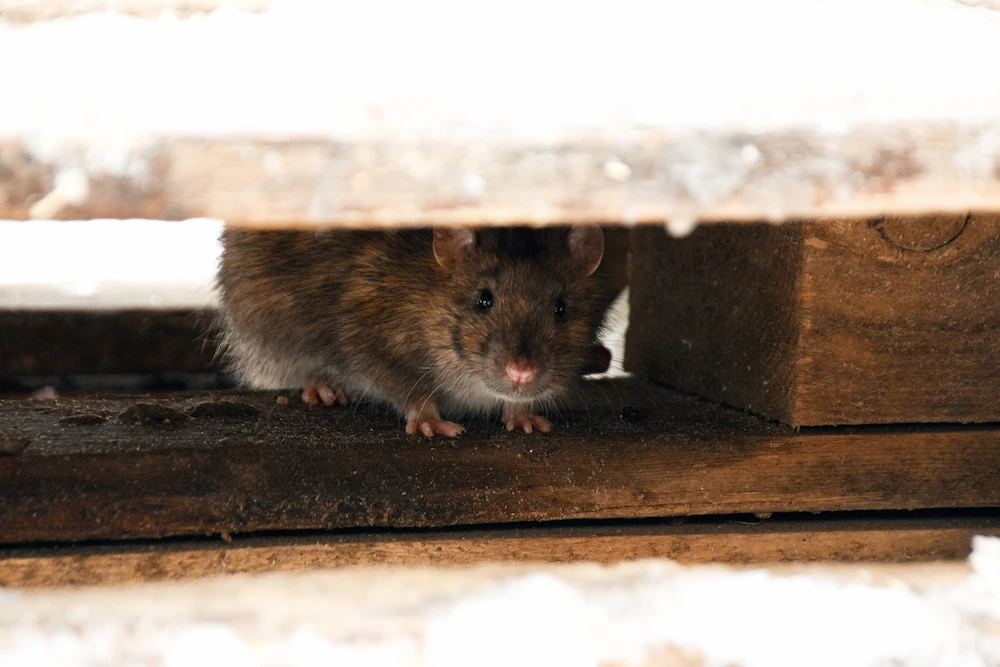
There are three must-haves for a Norway rat habitat. It has to be near humans, close to lots of food, and nearby a water source. These rats are found all over the United States in both rural and urban settings. As long as their habitat fits those three qualifications, Norway rats are happy to build their nest or burrow wherever they can.
Norway rats are generally found in:
- Alleys
- Subway stations
- Fields
- Grain silos
- Basements
- Crawl spaces
- Sewers
- Construction sites
- Abandoned buildings
Rats at Home
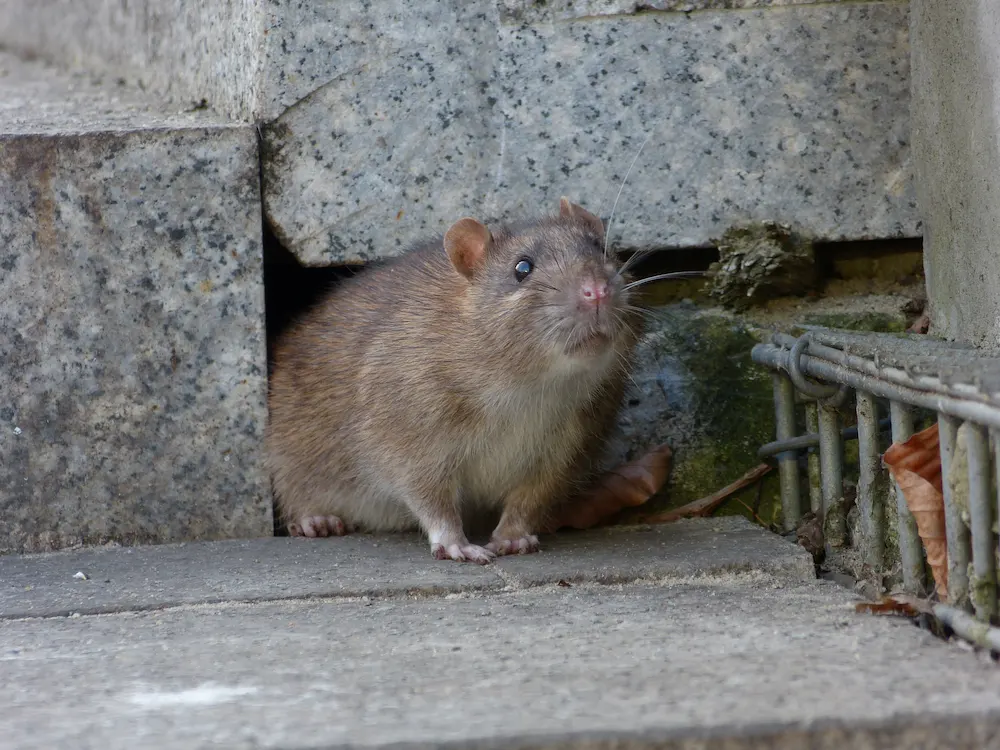
When Norway rats invade a house or building, they usually prefer to stay on the ground level. The only time they’ll build nests in the upper levels is if their numbers are too large to fit inside their original nest (eek!). These rats live in community with their own group, but they’re territorial against other species.
Outdoors, Norway rats make burrows in isolated areas of the yard or field. They often live under grass, gardens, wood, and natural debris. In fact, an early sign of a Norway rat problem is your lawn or garden start losing nutrients. If there’s a new hole in the ground, it could be the work of Norway rats.
Whether they’re indoors or outdoors, Norway rats will reproduce year-round if they have a safe shelter. Females can have 4 to 6 litters a year, with 4 to 12 pups in each litter. These pests will only continue to grow their families if they’re left alone, so it’s always best to treat Norway rodents sooner than later.
A Rat’s Gotta Eat
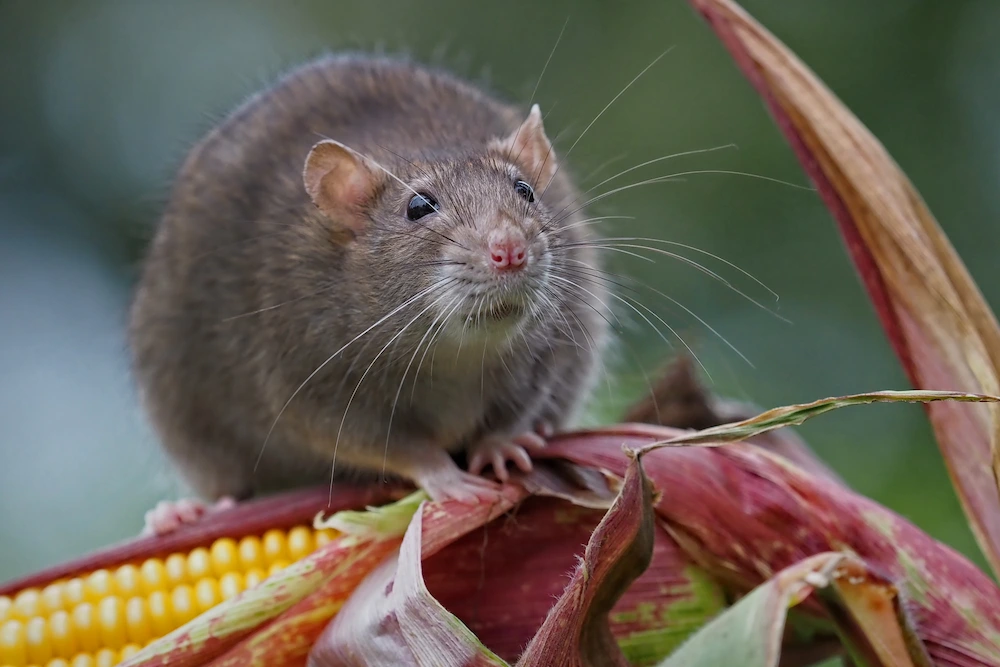
If you’re wondering what Norway rats eat, the short answer is “everything.” They’re omnivores and eat basically anything that they deem safe. These rats do have some standards. They prefer items that are organic and fresh, but they’ll still settle for pretty much anything.
The typical diet of Norway rats includes fruit, nuts, meat, seeds, grains, and waste. They also enjoy dry dog food or cat food as a source of protein. They might be fine with eating your pet’s leftovers, but your furry friend will not be happy to share their food with these pests!
Signs of a Rat Problem
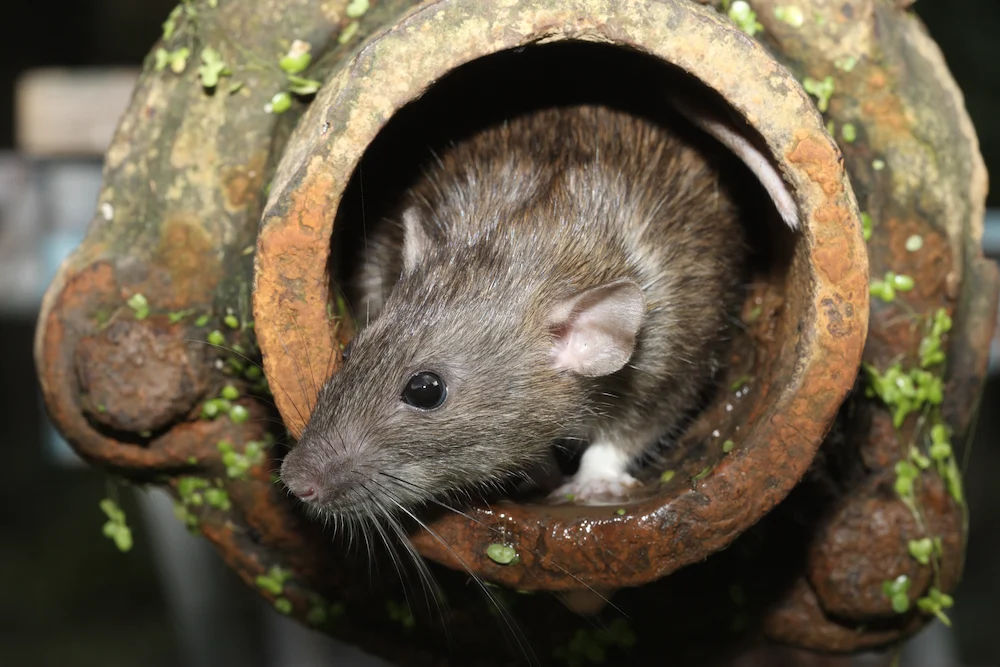
The sooner that you treat a rat problem, the better! Rodents are active year-round when they have a safe shelter, so they won’t stop working if they’re inside a home. Luckily (or unluckily) for us, there’s a lot of evidence that rodents are around once they’re established. All you need to do is know the signs of a rat problem — and take action if you see them.
The most common signs of a Norway rat infestation include:
- Droppings
- Urine puddles
- Gnaw marks
- Greasy rub marks on the walls
- A musty odor
- Shredded fabric or papery materials
- Scratching or squeaking sounds
- Your dog and/or cat being agitated about a certain area of the house
- Any live or dead rats
The Dangers of Norway Rats
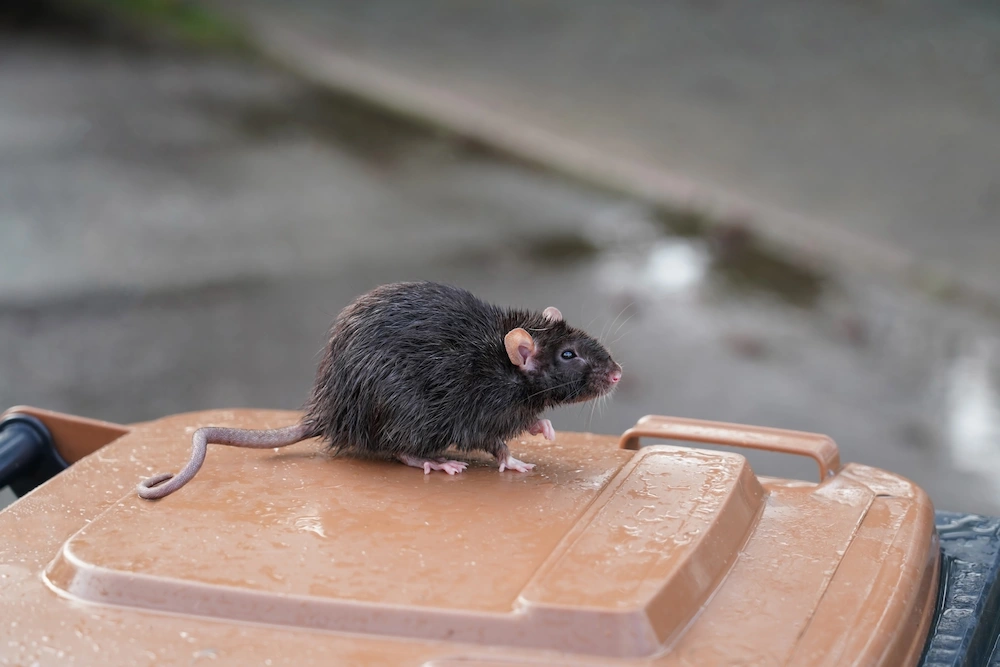
Norway rats have the health risks to match their beady-eyed demeanor. They carry dangerous pathogens and bacteria that are linked to about 35 different diseases. Some of the most common include hantavirus, Seoul virus, salmonella, rat-bite fever, and jaundice. Rats contaminate everything they touch, so they can transmit these diseases directly and indirectly.
In addition to the health risks, Norway rats cause plenty of other problems. They can also carry fleas that can travel to live on the people and pets in that home. If they build burrows in the yard, these rats can ruin parts of the lawn beyond repair. Plus, rats gnaw on all kinds of objects to keep their teeth filed down. The most worrisome chew toy is electrical wires within the house. Chewed wires are the annual cause of 20% of undetermined house fires.
These are just some of the reasons why rodent control is so important for homeowners. It’s more than eliminating some pests. It’s also protecting your home and family from these troublesome pests. Trust us, you do not want Norway rats living in your home.
How to Prevent Norway Rats

These pests are annoying, full of bacteria, and destructive. This leads us into arguably the most important section of them all: the prevention tips. Don’t be afraid to implement some of these into your to-do list this spring!
Our recommended methods for preventing Norway rats (and other rodents) are:
- Use Proper Trash Management — Trash may not seem important since it’s trash, but it’s everything to rodents. Use strong trash bags, make sure all trash makes it into the cans, and take out the trash when it’s full. Also, keep the lids to the outdoor garbage cans closed.
- Seal All Entry Points — Rats can squeeze through gaps half an inch wide, so it’s important to seal any gaps that could be used as their entry points. Seal smaller cracks and holes with caulk, and fill larger gaps with steel wool before lining with caulk.
- Clean Up Spills — The sooner that easy food sources are removed, the better. Don’t leave dirty dishes or open food out for too long. Use an antibacterial cleaner to wipe up crumbs and spills around the house, especially in the kitchen.
- Store Food Well — Speaking of food, keep your stored food safe by keeping it in airtight containers with good lids. This is especially true for pantry essentials (baking ingredients, snacks, cereal, etc.) since they stay in the pantry for longer periods of time.
- Protect Your Pet’s Food — Rats want your dog or cat’s food too! After your pet finishes eating, remove their dish and keep it inside. Also, store their dry food in a sturdy container with a strong lid.
- Tend to the Yard — When plants are overgrown, rodents have a much easier time hiding in them. Mow the lawn regularly, pick weeds, and trim back plants and tree branches at least a foot from the house.
Enjoy a Rat-Free Spring with Pointe!
Spring is usually full of smaller pests — why are there so many bugs everywhere? — but rodents also cause trouble in this season. That’s why the licensed technicians of Pointe Pest Control provide targeted solutions for every local pest issue. We use a customized combination of treatments to eliminate current pests and prevent future invaders. Your household’s safety and satisfaction are our top priorities. We are happy to answer every question and concern you have along the way. Contact us for a free quote on our family-friendly services today!
Citations
Brown rat. (n.d.). Ohio Department of Natural Resources. Retrieved March 24, 2025, from https://ohiodnr.gov/discover-and-learn/animals/mammals/brown-rat
Norway rat. (n.d.). University of Illinois Urbana-Champaign. Retrieved March 24, 2025, from https://extension.illinois.edu/invasives/norway-rat
Norway rat facts & information. (n.d.). Orkin. Retrieved March 24, 2025, from https://www.orkin.com/pests/rodents/rats/norway-rats




